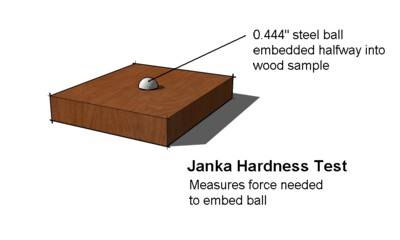
Sapele // Entandrophragma cylindricum
Get ready for the luxurious essence of nature, akin to a mahogany version of fine wine. Its rich hue, smooth texture, and elegant grain evoke timeless sophistication and a joyfully pleasant crafting experience -- you get natural, luxuriant beauty and unparalleled ease of working characteristics.Elegant warm hues
Sophisticated richness
Smooth, effortless workability
Color Range
Dark red brown, very similar to mahoganyOther Names
Aboudikroe, Penkwa, Assi, Sapele, Assie sapelli, Sapele mahogany, Lifari, Sapeli, Sapale, SapelleSome Typical Uses
Boat building, Decorative veneer, flooring, furniture, joinery, Canoes, Chairs, Chests, Concealed parts (Furniture), Desks, Dining-room furniture, Excelsior, Figured veneer, kitchen cabinets, musical instruments, Tables, VeneerWhat's the Tree Like?
May reach a height of 150-200 feet; bole straight and cylindrical, clear to 100 feet; trunk diameters to 6' over broad, low buttresses, sometimes not buttressed.Sapele grows in Africa















